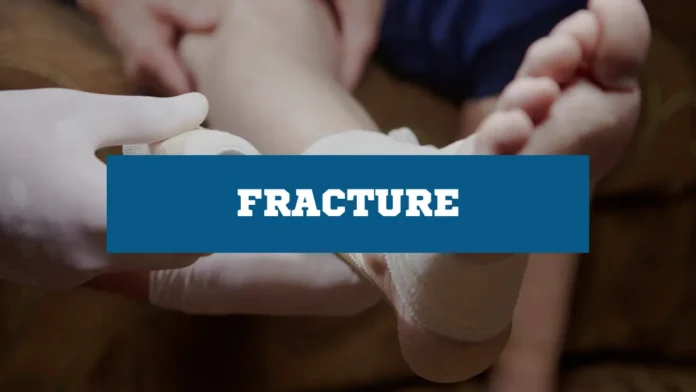Discover essential first steps in stabilizing fractures before advanced medical care, ensuring better outcomes and reducing complications.
In moments of crisis, knowing how to stabilize a fracture can make all the difference. When an accident occurs, immediate and correct action can help reduce complications and pain until advanced medical care is available. This guide offers clear, practical advice for those crucial first moments, ensuring you are prepared when it matters most.
Understanding Fractures
Fractures occur when a bone breaks due to an impact or stress beyond its capacity. They can range from simple fractures, where the bone remains aligned, to compound fractures, where the bone pierces the skin. Recognizing the type of fracture is vital for providing the appropriate first aid. Common symptoms include swelling, bruising, and an inability to move the affected limb. Knowing these signs helps in assessing the severity and type of fracture quickly.
Assessment Comes First
Before taking action, assess the situation to ensure your safety and the injured person’s. Make sure there is no immediate danger, such as oncoming traffic or falling debris, which could harm either of you. Approach the injured person calmly, and try to reassure them; panic can exacerbate both pain and injuries. Once the environment is safe, determine the severity of the situation. Check for additional injuries and ensure that the airway, breathing, and circulation (the ABCs of first aid) are intact. This assessment lays the groundwork for effective and safe first aid intervention.
Immobilizing the Fracture
Once you’ve assessed the injury, immobilization is crucial. Keeping the affected part still prevents further damage to the bone, muscles, nerves, and blood vessels. Use available materials like a magazine, sticks, or a rolled-up newspaper to create a makeshift splint. Secure it with cloth, tape, or any other available material. It’s important to immobilize the joints above and below the fracture. This reduces movement and potential pain, setting the stage for more comprehensive care once it arrives.
Reducing Pain and Swelling
Pain management is an essential consideration in first aid for fractures. While you wait for professional medical assistance, you can help alleviate pain and prevent further swelling. Elevate the injured area, if possible, above the level of the heart. Apply ice wrapped in a cloth or cold compress to the affected area. Never apply ice directly to the skin, as this can cause frostbite. Cooling the area helps to reduce swelling and can significantly lessen discomfort until medical personnel can administer more comprehensive pain relief solutions, such as an alaris infusion pump.
The Role of Communication
Effective communication with the injured person and emergency services is key. Keep the injured person informed about what you’re doing and why. This reassurance can reduce anxiety and help them stay calm. When contacting emergency services, provide clear and concise information about the injury, your location, and any immediate concerns. Efficient communication ensures that the emergency services can prepare appropriately and arrive on the scene with the necessary equipment and mindset to take over from your initial first aid efforts.
Avoiding Common Mistakes
In managing fractures, certain actions can inadvertently cause harm rather than help. Never attempt to push a protruding bone back under the skin, as this can introduce infection or cause additional damage. Avoid moving the injured person unless absolutely necessary for safety, as this could worsen the fracture or other injuries. Always handle the injured area gently and reassure the patient to avoid any unnecessary movement or stress. Recognizing these common mistakes can prevent worsening the injury and contribute to a smoother transition to advanced care.
Preparing for Medical Assistance
While providing first aid, it’s crucial to prepare for the arrival of medical professionals. Keep the injured person as comfortable as possible without moving them unnecessarily. Make a mental or written note of how the injury occurred, as this information can be valuable for medical staff. If possible, have someone available to direct emergency services to the injured person quickly upon arrival. These preparations ensure a seamless handover, allowing healthcare providers to begin their advanced care efforts without delay or confusion.
Maintaining a Calm Environment
In distressing situations, maintaining a calm and controlled environment can significantly impact the injured person’s recovery process. Encourage bystanders to remain calm and keep noise to a minimum. Instruct them on how they can assist, such as fetching necessary materials or guiding emergency personnel to the scene. A composed environment not only helps the injured person but also aids those providing first aid to focus and perform their tasks effectively.
Conclusion
Knowing these essential first steps in stabilizing fractures can mean the difference between a smooth recovery and complications. By acting swiftly and correctly, you can provide invaluable support until professional medical help arrives. Remember, your preparedness today ensures a safer outcome tomorrow. Continue learning about first aid techniques and consider participating in certification courses to enhance your skills.

